Ireland is a beautiful country known for its sweeping landscapes and ancient culture. And while the country is commonly associated with the shamrock, this does not mean that other flora and fauna do not call the island home. In fact, there are countless Irish flowers native to the emerald isle, which play an important role in Gaelic myths and legends.

So if you want to know more about these enchanting species, then you have come to the right place.
In the following article, we have compiled a list of flowers endemic to Ireland, so that you can learn more about each species and its characteristics. We have also included some fascinating information about each flower and its Celtic meaning.
So if you want to learn more about Gaelic blooms, this article has everything you need to get started…
1. Shamrock (Trifolium Dubium)
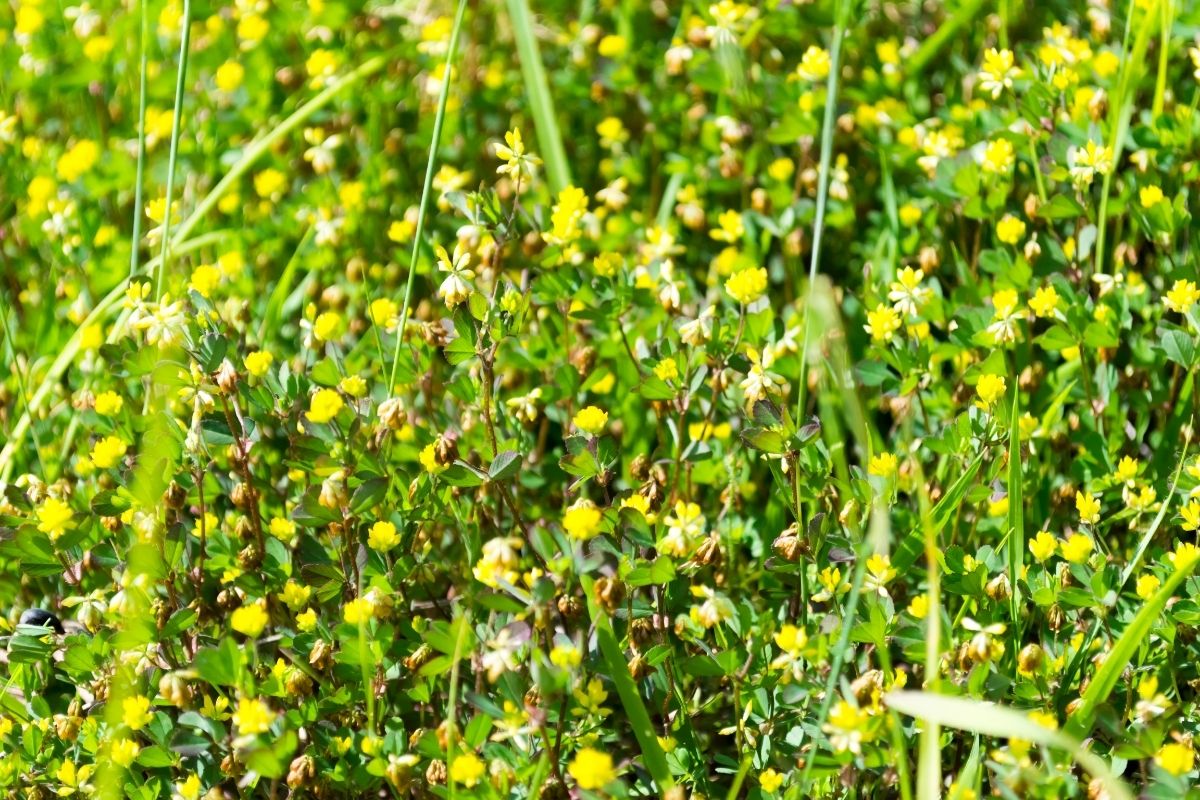
For the first species on our list, we have chosen the common shamrock, which is considered the national flower of Ireland.
While not technically a flower, the shamrock is a species of clover known for its heart-shaped leaves, which plays an important role in Irish history and myth.
Some believe that the shamrock has mystical origins and can be used to predict the weather, while others use it to ward off evil and bring good fortune.
2. Bog Rosemary (Andromeda Polifolia)
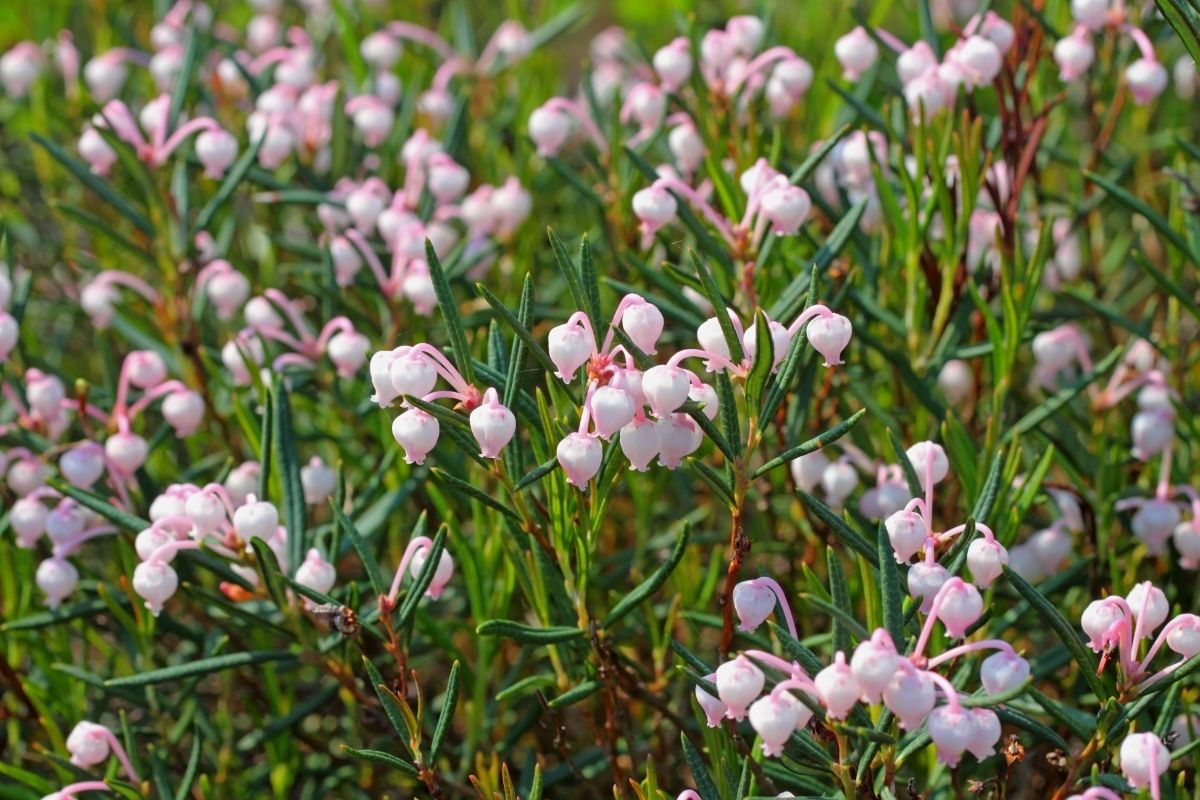
This beautiful flower is a member of the ericaceae family and can commonly be found in the Irish midlands, where it thrives in bogs and swamps.
Despite its name, the flower bears little resemblance to the classic herb, as it blooms during the spring and is considered extremely poisonous.
When the flowers have blossomed, they take on a distinctive onion-like shape and can be identified by their fuchsia petals.
RELATED: Growing Rosemary From Cuttings: The Complete Guide and Know-Hows
3. Easter Lilies (Lilium Longiflorum)
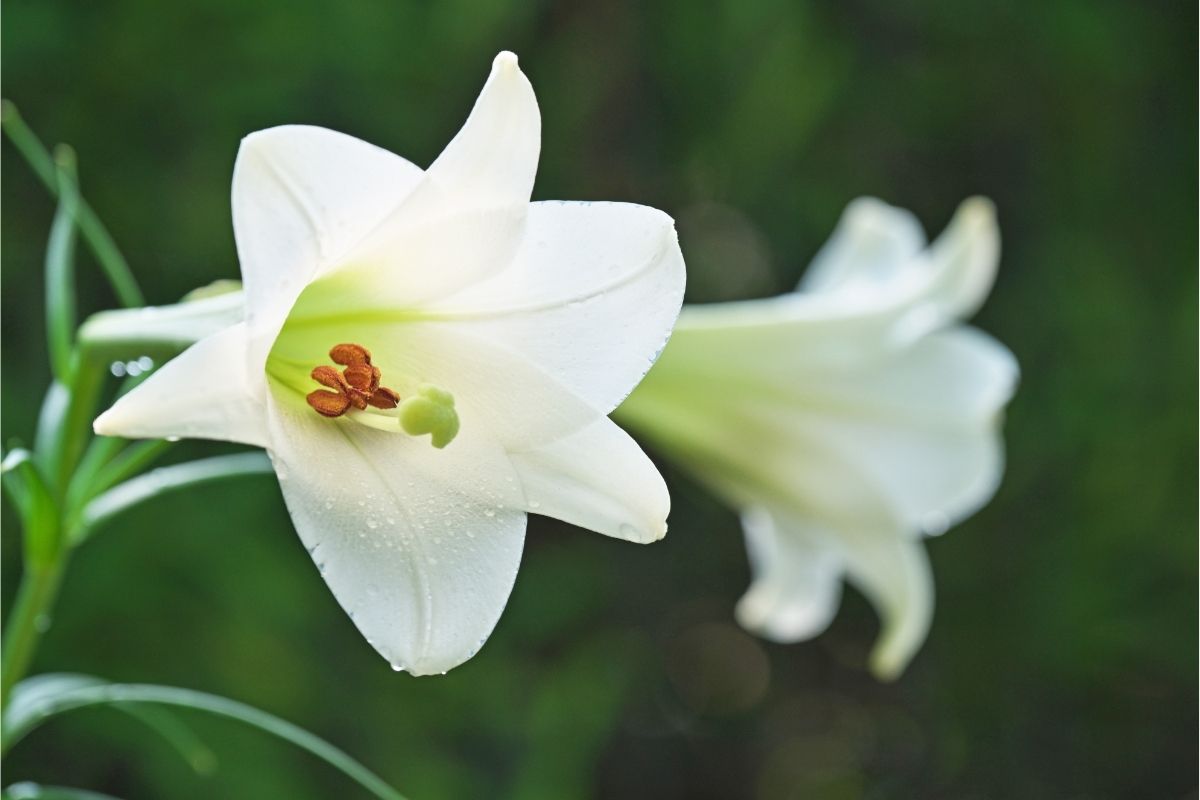
Known as the trumpet lily, this flower is commonly worn at Easter celebrations to remember the lives of people lost and the resurrection of Christ.
The lily has also become a symbol of Irish nationalism, as its blossoming coincides with the Easter Rising – when Ireland was declared an independent republic.
Once bloomed, the species can be identified by its horn-shaped flowers and white petals, which produce a powerful fragrance and thrive in cool climates.
4. Sheep’s Bit (Jasione Montana)
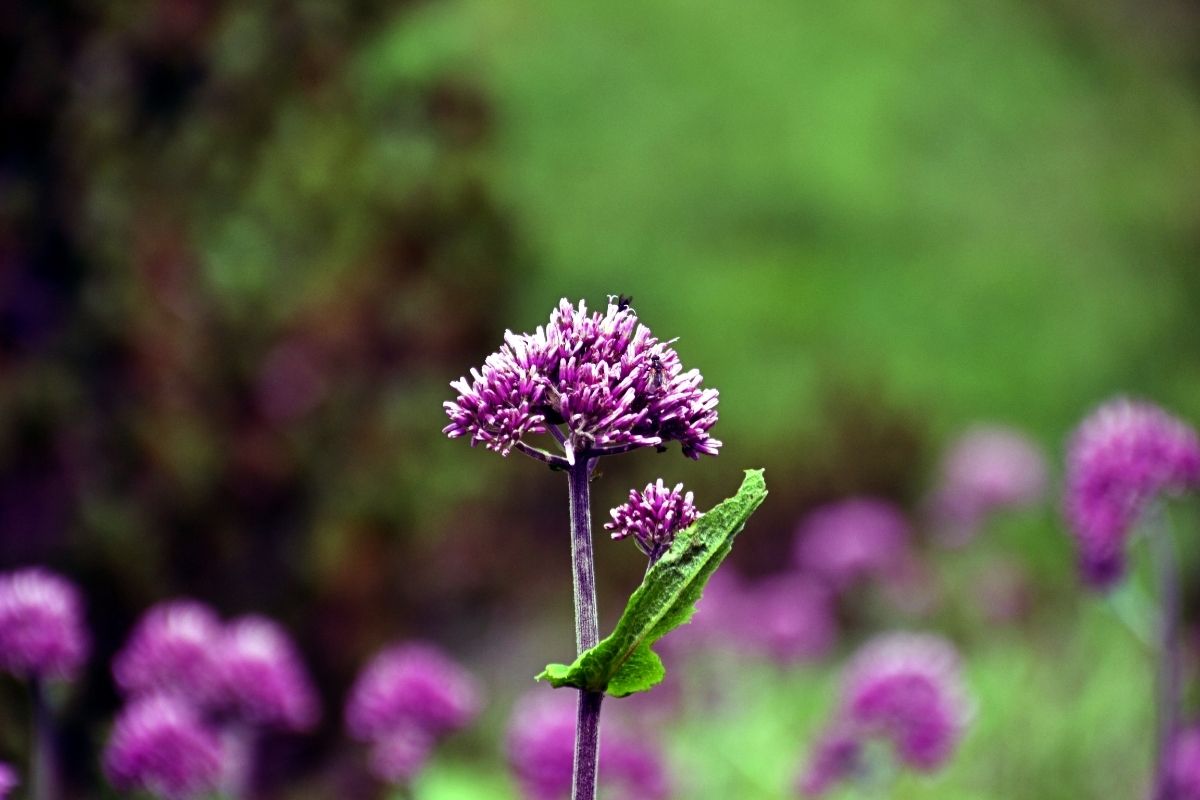
Sheep’s bit is a flowering plant commonly found around the heaths and grasslands of Ireland, where it grows in abundance during the spring and summer.
The species is characterized by its pointed blue flowers and furry leaves, which extend from the earth on short green stems.
The flower is cultivated for its ornamental beauty and can be found in gardens and rockeries across the country, where it remains a popular species among pollinating insects.
5. Spring Squill (Scilla Verna)
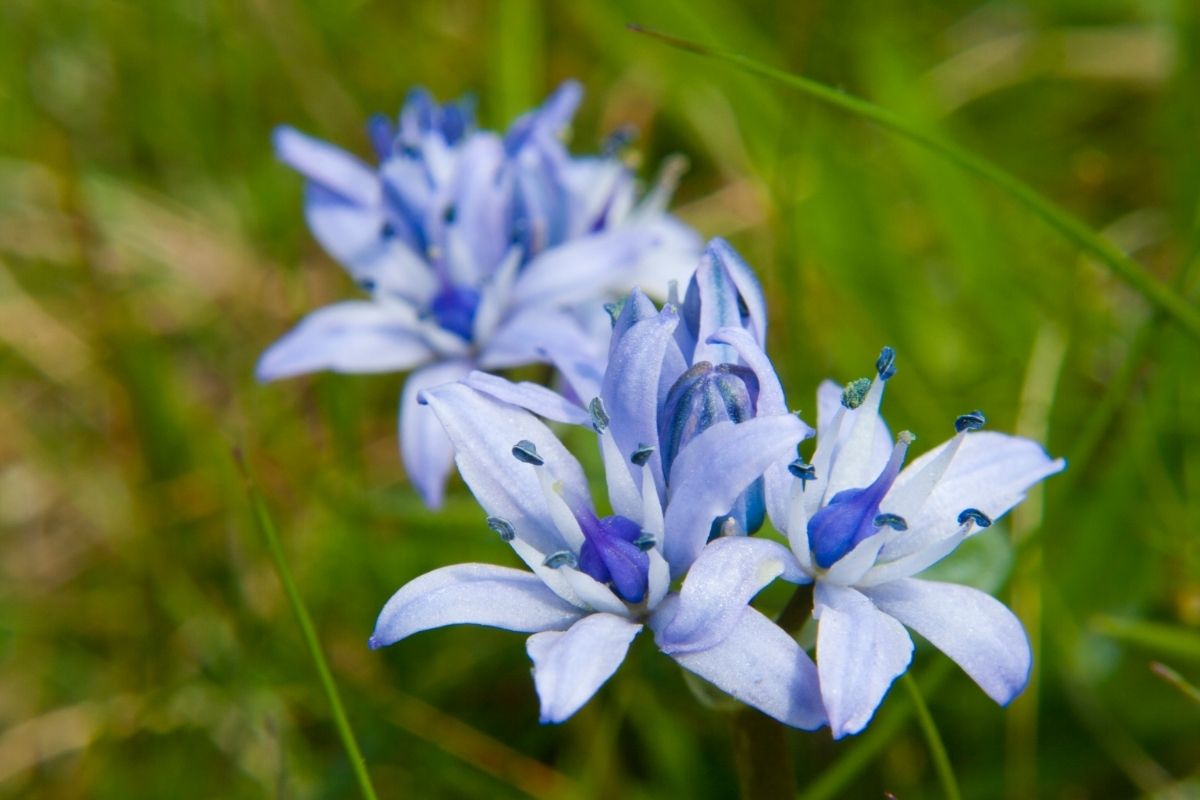
This flower makes its home along the Irish coast, where it is said to thrive in areas where the wind carries the sea spray.
While the species commonly blooms for a short period of time, it can be easily identified by its violet-blue flowers, which emerge from the rocky grasslands.
In 2007, the spring squill was named the county flower of County Down, a title bestowed upon it by the Northern Irish people.
6. Cowslips (Primula Veris)

Considered one of the most beautiful flowers native to Ireland, the cowslip was once noticeably absent from the country’s landscape.
Due to farming and over-picking, the species was placed under the protection of the Wildlife Order – with the flower now being found a common fixture of the Irish pastures.
Known for its distinctive look, the cowslip is characterized by its small drooping flowers, which bloom in the spring with bright yellow petals.
7. Red Clover (Trifolium Pratense)
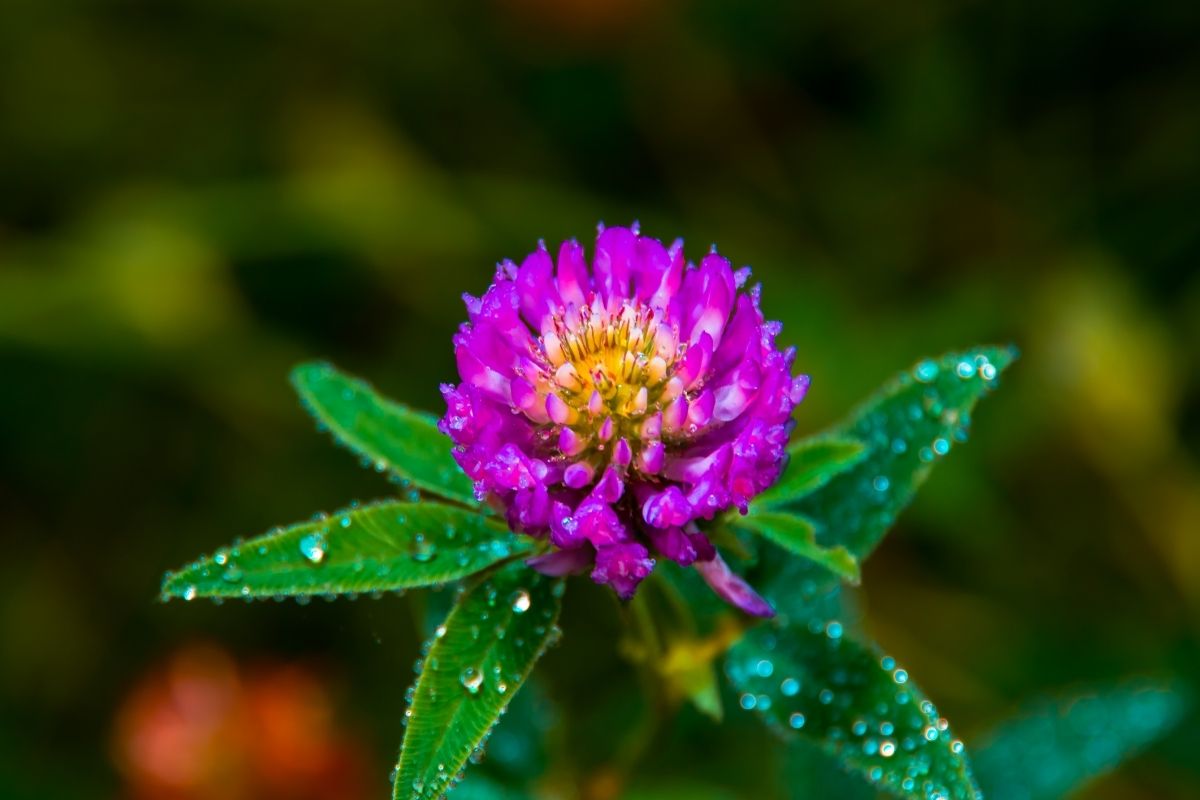
While Ireland is famous for a species of clover, the country is also home to another common variety found across the land.
Known for its recognizable pink-purple flowers, the red clover is said to grow in meadows and along roadsides, where it thrives in moist and well-drained soil.
Because of its abundance, the red clover is considered an important agricultural cultivator and is traditionally farmed for silage production.
8. Gorse Bush (Ulex Europaeus)

If you have ever visited Ireland, then chances are you have encountered this native shrub along the Irish countryside, where it can often be found along roadsides and hedges.
Throughout the year, the gorse bush will produce hundreds of yellow flowers, which generally grow in abundance during the winter and spring.
The species can also be identified by its leaves, which take the form of sharp green spines that line the branches of the bush.
9. Irish Eyebright (Euphrasia Salisburgenis)
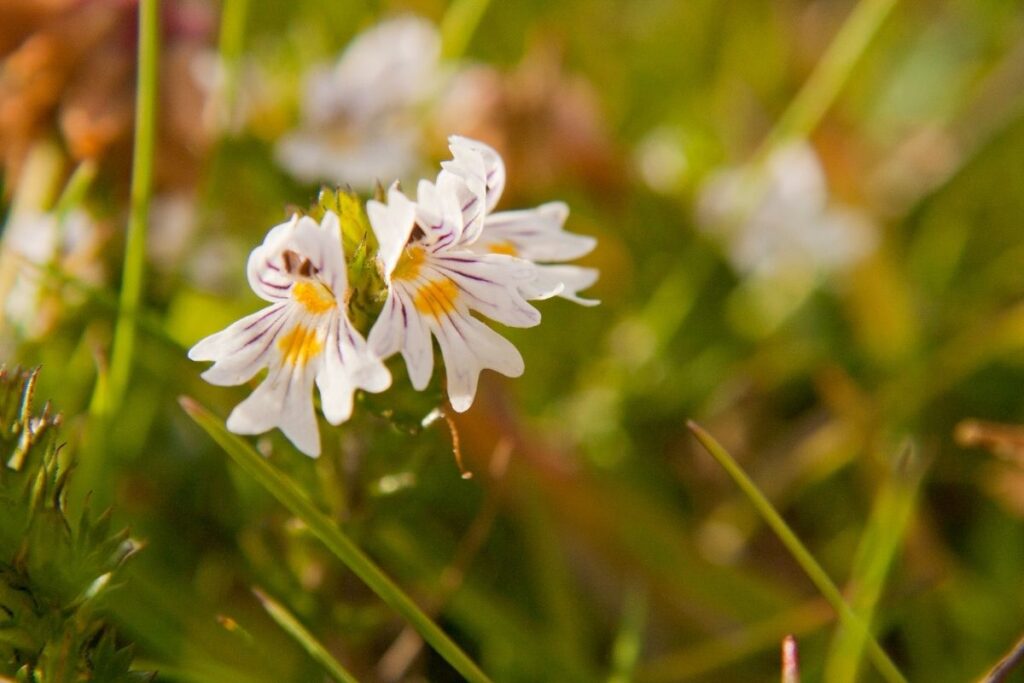
Eyebrights are a species of small semi-parasitic plants that grow on seaside sand dunes and rocky grasslands – where they will bloom two-lipped flowers with purple stripes and a yellow center.
It is believed that over 11 different species of the genus can be found across the emerald isle, which all overlap in their characteristics and breeding.
Because of this, it can be easier to distinguish the Irish eyebright from its cousins, as it sports narrower green leaves and no hairs on the upper part of the fruit.
10. Early Dog Violet (Viola Reichenbachiana)
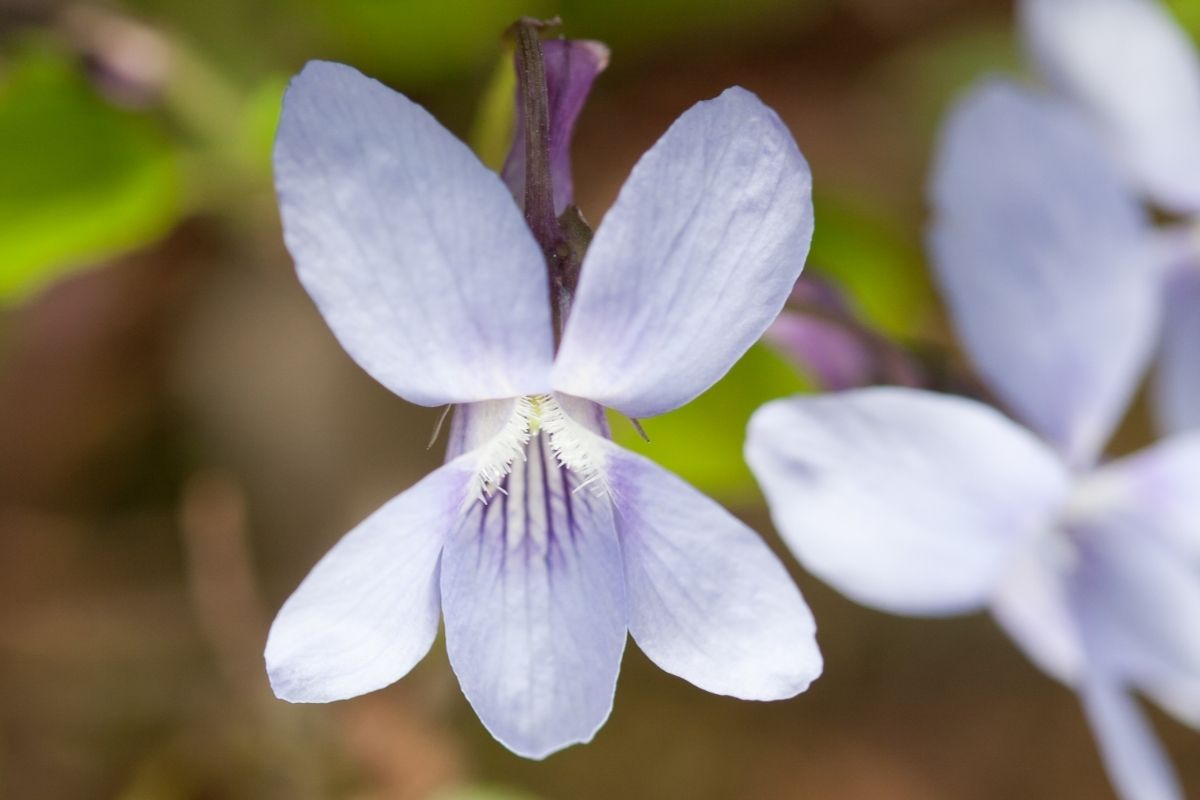
This beautiful species is commonly mistaken for other members of the violet genus, as it boasts the same purple flowers, albeit with a darker center.
The flower is a native perennial to the emerald isle, where it can be found across most of the country.
While the flower can be found in some urban areas, it primarily makes its home in forests and shady habitats, where it will bloom during the spring and summer.
11. Primrose (Primula Vulgaris)
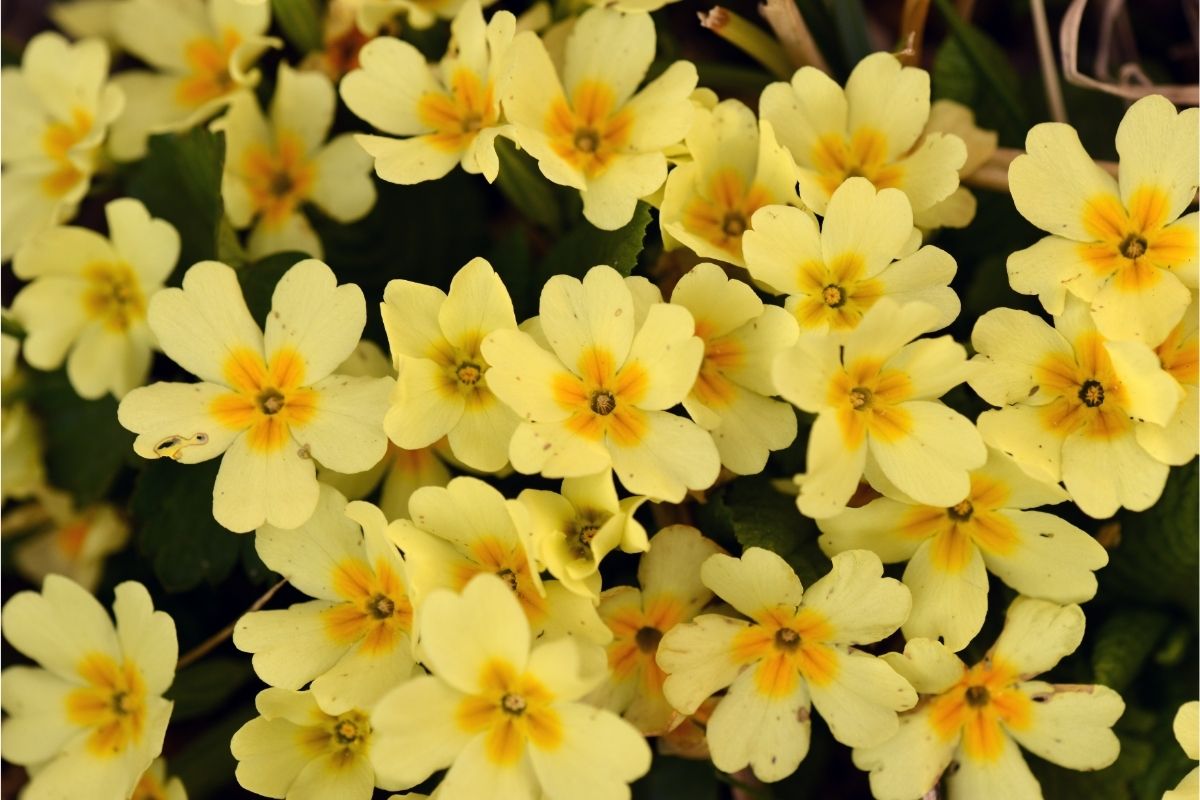
Despite being known as the English primrose, this species is actually an Irish native and even has its own Gaelic name – Sabhaircin.
The attractive plant can commonly be identified by its pretty yellow flowers, which bloom in the spring and thrive in damp and shady areas.
During the iron age, the celts would gather the flower for its medicinal properties, using it to make concoctions and remedies for the sick and injured.
12. Coltsfoot (Tussilago Farfara)
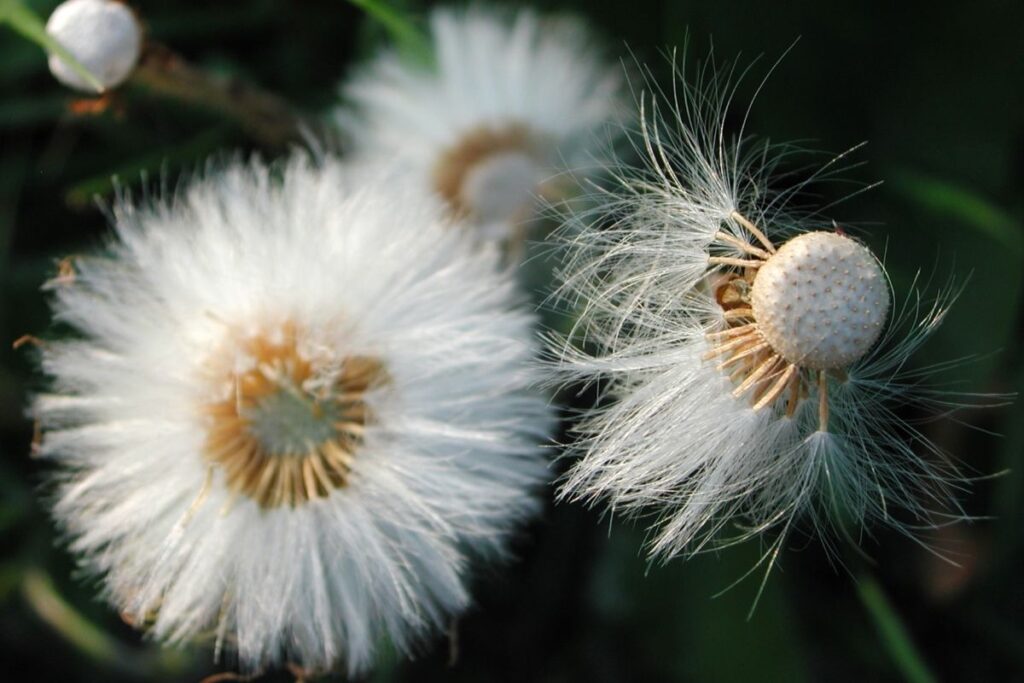
The coltsfoot is a proud member of the daisy family, which is now cultivated across Ireland for its medicinal properties.
While the flower is considered an invasive weed by some, it can be used to make cough medicine and herbal teas, which are said to help with a variety of ailments.
To the untrained eye, the flower could look very similar to a dandelion, as they have similar yellow heads and long leaves.
However, the coltsfoot is capable of surviving in any soil and will commonly flower during the spring depending on the temperature.
13. Sea Aster (Tripolium Pannocium)
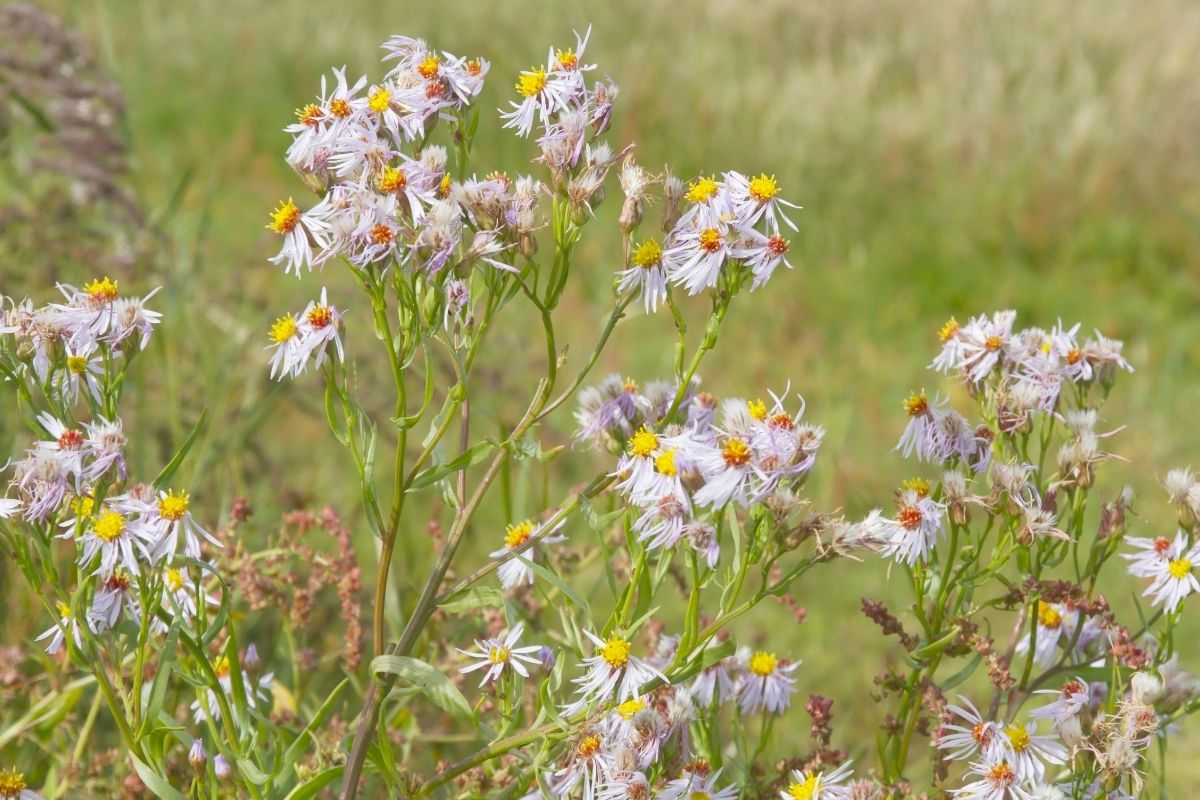
Known as luibh bhleine in the Gaelic language, this native flower is known to flourish on the Irish coastline, where it can survive harsh conditions and complete submersion.
Before the species has flowered, it can be easily mistaken for sea lavender, although the purple and yellow blooms will usually put an end to this confusion.
The flowering will commonly take place during the spring, with the nectar being a valuable source for butterflies such as the red admiral.
14. Marsh Cinquefoil (Comarum Palustre)
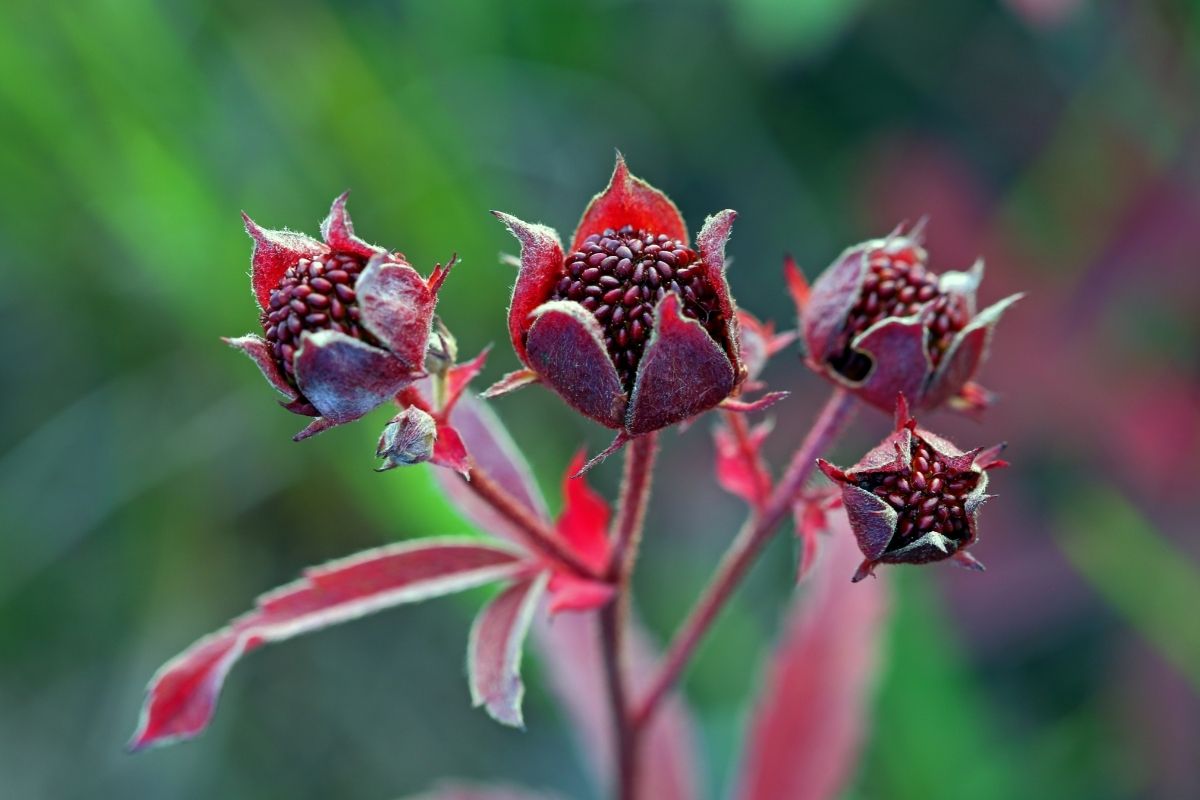
This waterside shrub will commonly grow during the summer months, where it can be identified by its star-shaped flowers and maroon petals.
Capable of surviving in the cold, the marsh cinquefoil is considered a hardy species, which is why it does so well on the emerald isle.
Beyond its unique appearance, the flower is also an excellent source of nectar for bees and butterflies, with the blooms commonly being found in marshes and bog lands.
15. Buttercups (Ranunculus Bulbosus)
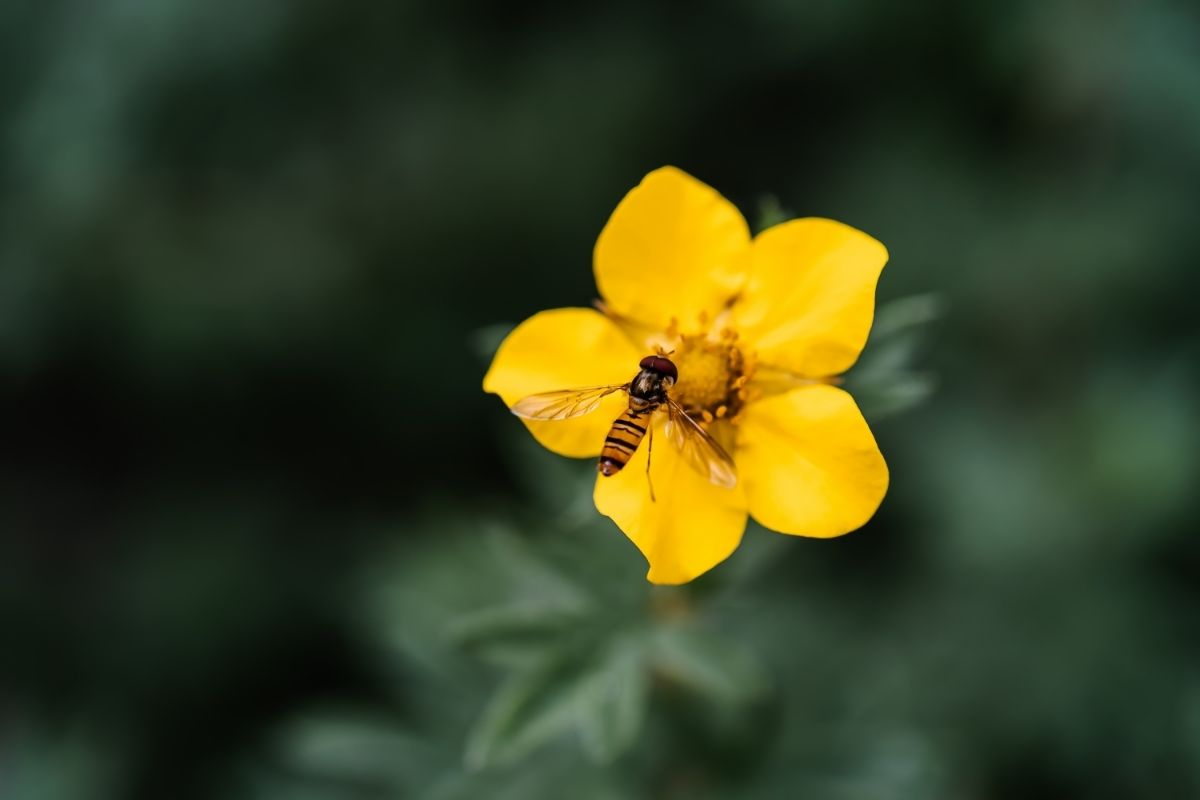
Buttercups are named for their bright yellow petals, which are said to determine whether you like butter or not.
While there are three species native to the emerald isle, all three display the same yellow flowers, although there are some slight differences that can be used to distinguish each one.
Because of their abundance, buttercups are considered one of the most versatile flowers in Irelands, as they can grow in fields, lawns, walls and urban areas.
16. Wild Clary (Salvia Verbenaca)
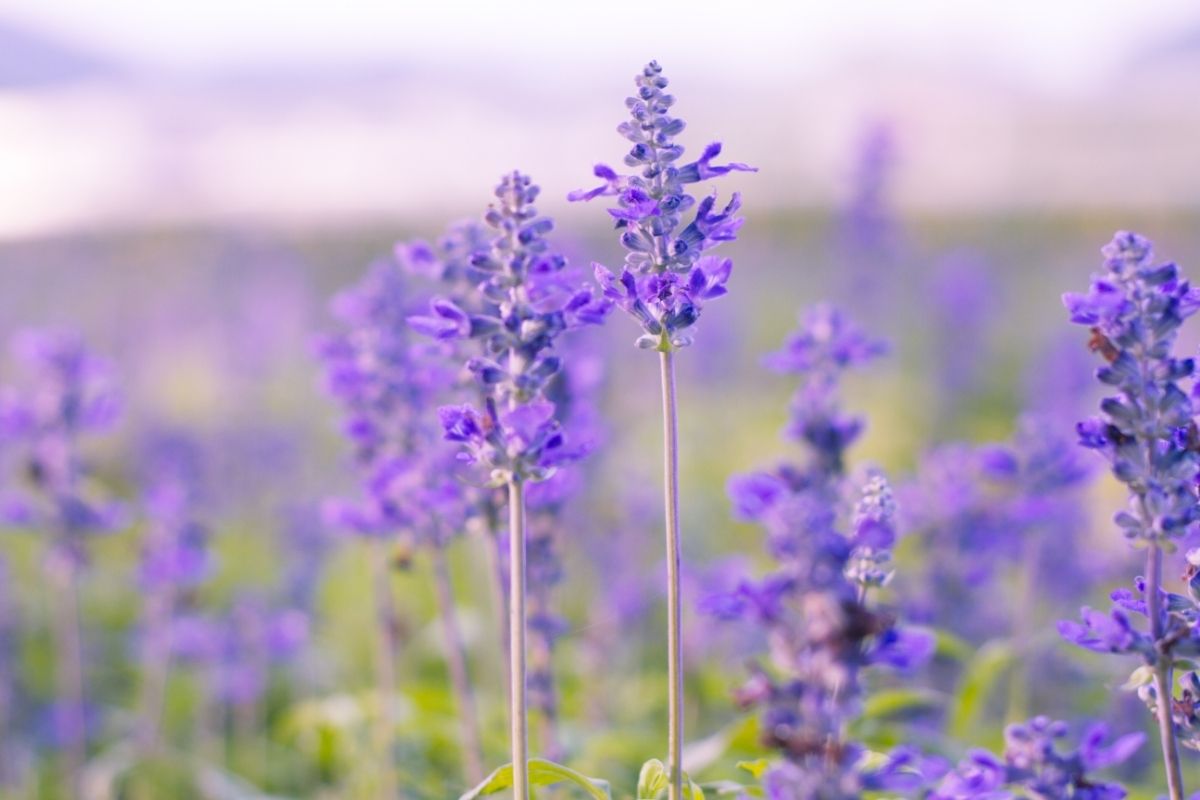
This violet flower belongs to a rare native subspecies, one that can be found among the dry grasslands of counties such as Wexford and Cork.
The species is a perennial plant that is capable of growing to a height of 80cm, with the flower boasting purple-blue petals and distinctive sage-like leaves.
Wild clary will commonly bloom during the spring and summer, although they can be hard to find in certain areas due to their limited reach.
17. Butterfly Bush (Buddleja Davidii)

For the final species on our list, we have chosen the butterfly bush, a beautiful specimen that produces thousands of purple-pink flowers on its conical stems.
The perennial shrub is known for its versatile nature, as it can commonly be found growing in derelict buildings and well-maintained gardens.
Of course, the plant gets its name from its ability to attract butterflies, who will seek out the species for its delicious resource of nectar.
Conclusion
As you can see, there are many flowers native to Ireland, with each species having its own Celtic meaning and Gaelic name.
So now that you know more about these magical species, why not see if you can spot some on your next vacation to the emerald isle.







